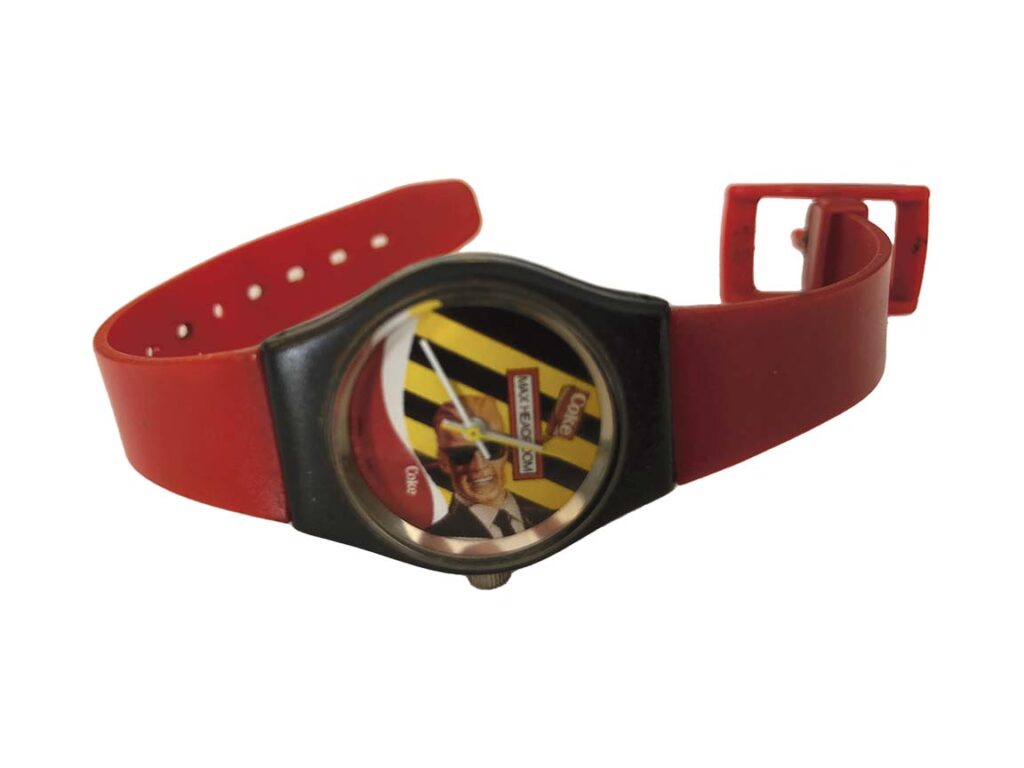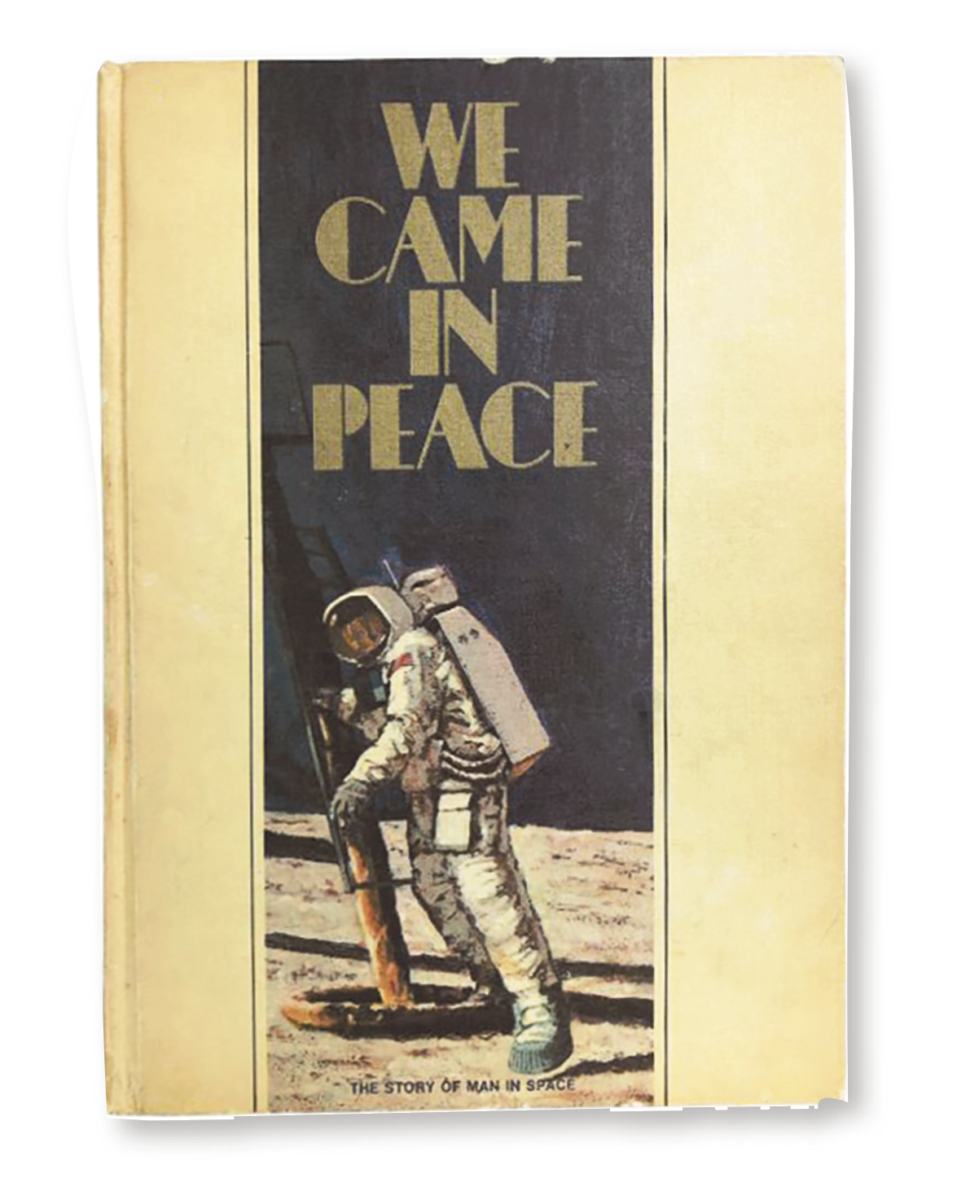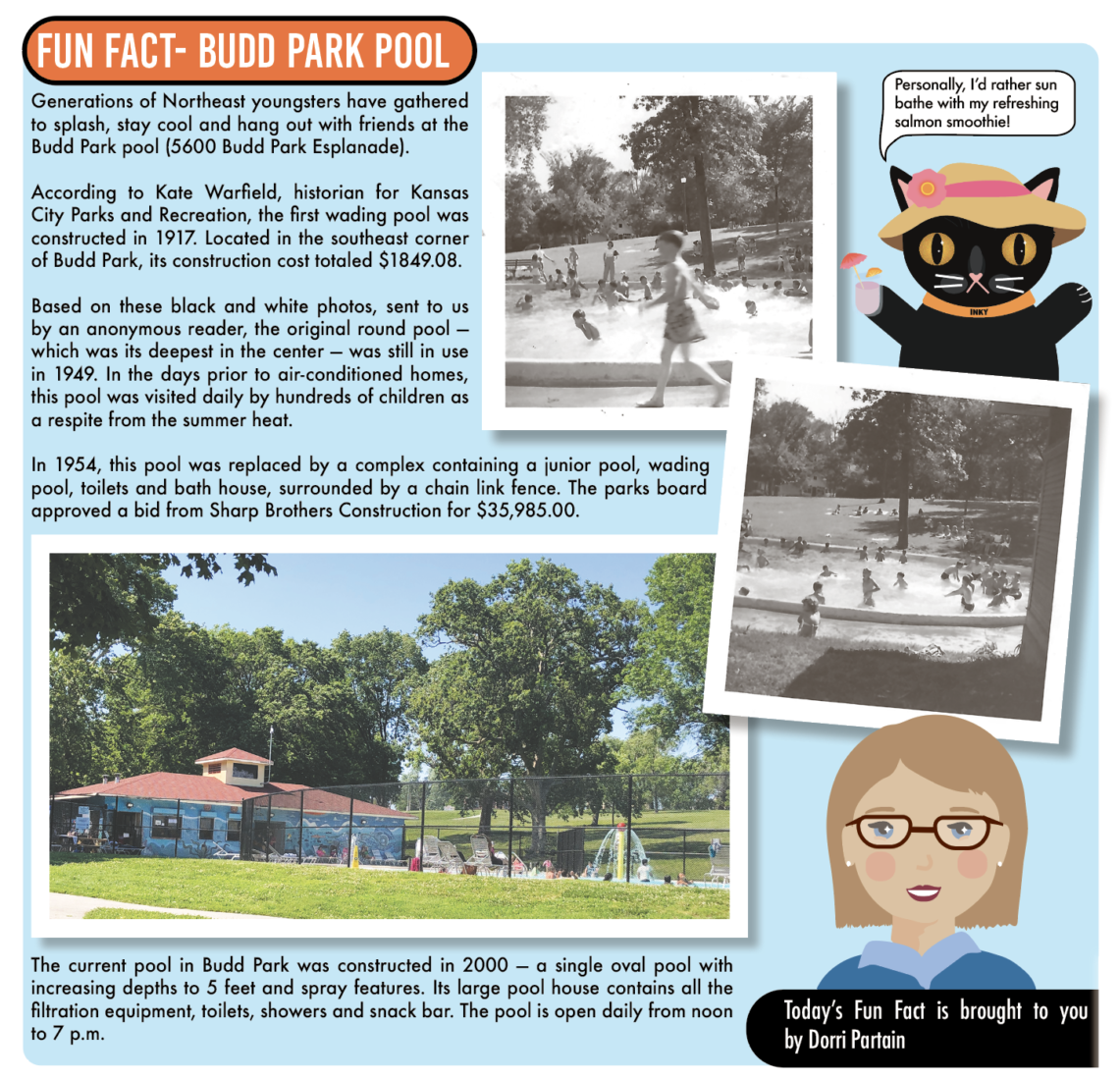
Dorri Partain
Contributor
Living 20 minutes into the future and tagging Coke drinkers as “Coke-ologists,” Max Headroom was developed as the first computer-generated TV presenter.
The character, created by George Stone, Annabel Jenkel and Rocky Morton, debuted in a feature movie titled “Max Headroom: 20 Minutes into the Future” for British television’s Channel 4 in 1985. As computer-generated imagery (CGI) was still being developed, Canadian-American actor Matt Frewer played the character, enhanced with latex foam prosthetics, contact lenses, and a black plastic molded suit.
Filmed on a blue screen, Frewer as Headroom offered witty bits of commentary accentuated with stuttering and modulated pitch, with a few seconds of footage removed to give the character jerky, robotic movements. Headroom was always depicted inside a television screen, sometimes sideways or upside down, with a modulating computer-generated background that seemed futuristic.
Following the movie, and a stint as a music video host, Max Headroom was introduced to Americans as the spokesman for New Coke in 1986, pointing out that Coke was preferred over Pepsi in taste tests, referring to those drinking Coke as Coke-ologists, with each commercial ending with the slogan, “Catch the wave. Coke.”
To capitalize on the popularity of the character, ABC television offered the program “Max Headroom” as a mid-season replacement on March 31, 1987. In the one hour series, Frewer played two parts, Max Headroom and a journalist named Edison Carter who worked for Network 23. Headroom was considered an alter-ego of Carter, following a motorcycle accident in which he suffered a head injury after hitting a sign in a parking garage that read “Max. Headroom,” referring to the height restriction entering the garage.
Set in the near future, the cast included Amanda Pays as Frewer’s co-worker Theora Jones. Following episode one, when the contents of Frewer’s memory are loaded into Network 23’s computer system following his accident, Max Headroom (the result of that process) was rarely featured or figured into the plot, relegated to comic relief and a soliloquy at the end of each program. The series was popular enough to be renewed for a second season, but only 14 episodes were filmed and the final one was not aired before the show was canceled on May 5, 1988.
During his tenure as the spokesman for Coke, the company offered several premiums that featured Max Headroom, including a skateboard, T-shirts, a watch-style wall clock and a wrist watch by sending in a certain amount of bottle caps, postage and handling costs.



















